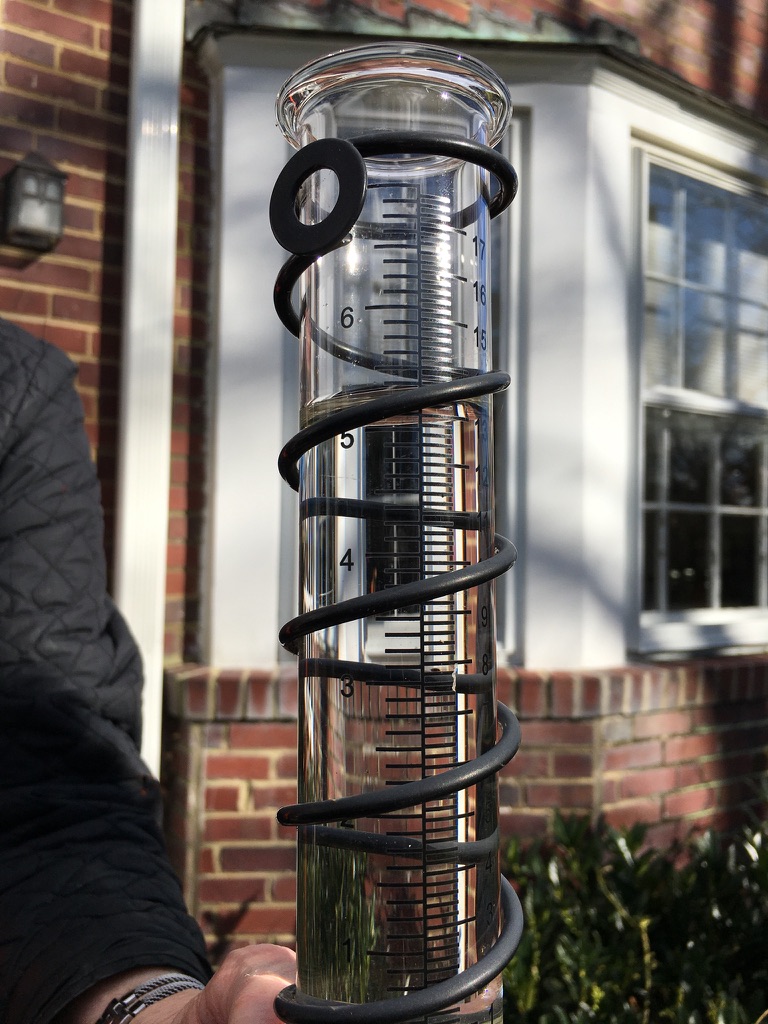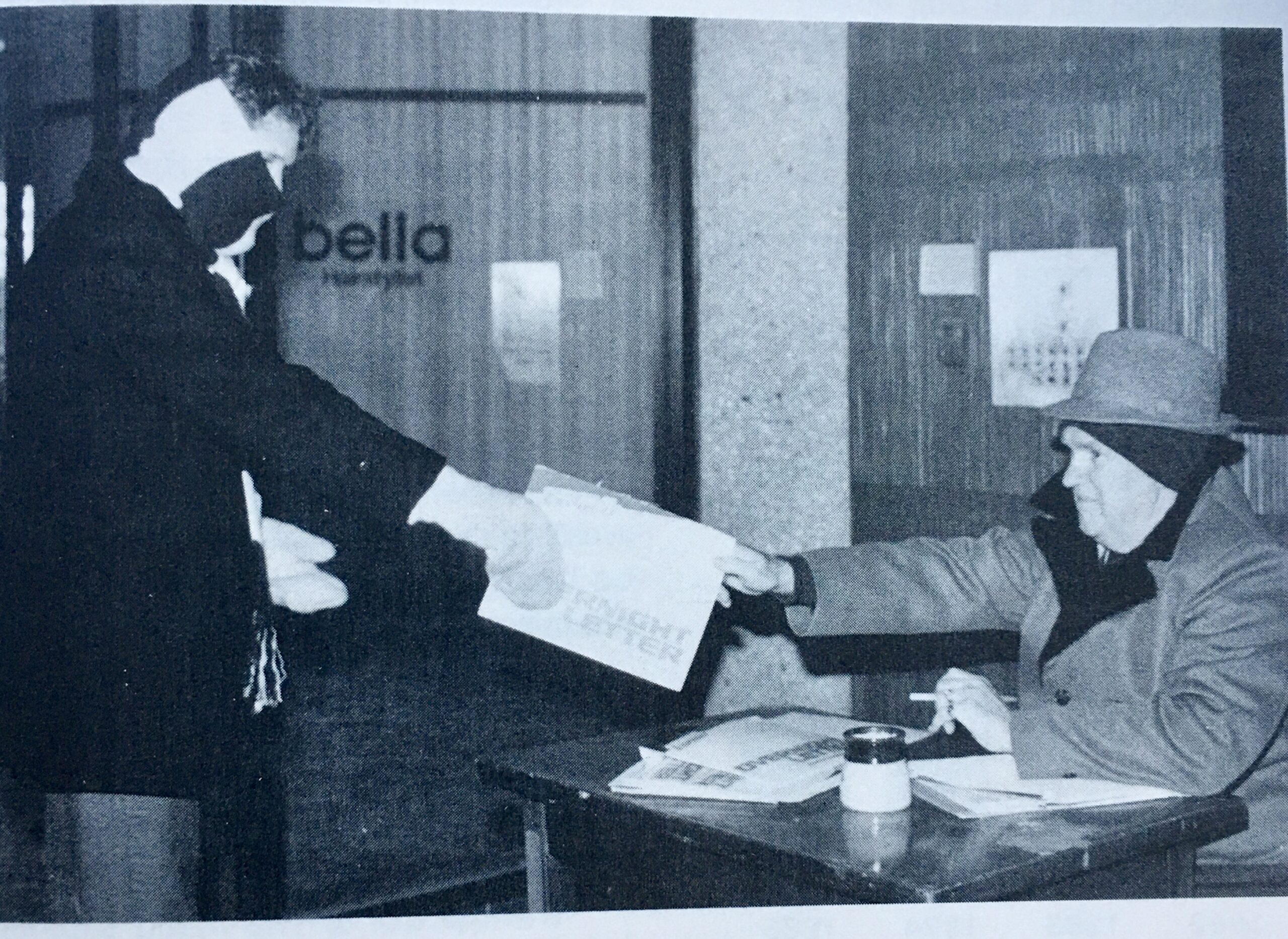Martin Luther King, Jr made many memorable speeches.
One I find most compelling is from December 5, 1957. In this long address (later transcribed) to the Second Annual Institute on Nonviolence and Social Change at Holt Street Baptist Church, in Montgomery, Alabama are the seeds of much of his later actions and rhetoric.
He combines humor with logic in addressing the assembly.
“I’m grateful to these ministers of the gospel. I look about here and I see them. They are not Baptists; they are not Methodists; they are not Presbyterians; they are not Episcopalians; they are not Lutherans—they are Christians first, and Baptists, Lutherans, Presbyterians and all of that second.
They realize that we are all one in this struggle for freedom, and we have been able to come together and forget about our denominations. You see, these things can so easily divide us. And the thing I like about the God that we worship is that He isn’t a Baptist; I like that about Him. I would be confused if God was a Baptist. I’m happy that God isn’t a Methodist. He would be arguing over whether you should be sprinkled or immersed. I’m glad of that. And we have come to see in our own struggle here, that there is a unity, there is a oneness.”
It Will Be Long
“I don’t want to talk too long tonight, but I want to talk to you about something very practical, nothing profound. . . Don’t look at your watch there, Brother Binion; we’re just getting started. He’s looking at his watch. I’m just getting started. Give me, give me a little break.”
After more humor describing reactions to other speeches, he goes to his purpose this evening, which I summarize as a primer on self-help:
“This evening, I’m not going to say anything about the role of the church; I’m not going to discuss the role of the federal government; I’m not going to discuss the role of white liberals, North and South. I just want to talk with you about some things that we must do, as Negroes. We must realize that there is something that we can do to bring this new order into being.”
Using Economic Resources Cooperatively
He proceeds for 30-40 paragraphs with concrete examples and explicit statements for what Negroes, or any American, must do to achieve equality. At one point he talks about money and economic power:
“The average Negro wage earner today makes four times more than the average Negro wage earner of 1940. The annual income of the Negro is now at about seventeen billion dollars a year, more than the annual income of Canada, and more than all of the exports of the United States. We’ve come a long, long way.
“Now, what are we going to do with this? That’s the question. What are we going to spend this money for? Are we going to pool it in cooperative enterprises that will make for economic security for the race? Or are we going to waste it with meaningless things? That’s the question.”
On Leadership
King challenges with words, instances and rhetoric that resonate today. He closes with what it means to be a leader of a movement. His description is relevant to all in current positions of responsibility.
“we must develop intelligent, courageous and dedicated leadership. This is no day for the rabble rouser, whether he be Negro or white. We are grappling now with one of the most pressing and weighty social problems of the generation, and in the midst of such a weighty social problem, there is no place for misguided emotionalism. We must avoid the extremes of hotheadedness and Uncle Tomism, and somewhere develop the type of leadership to see the issues and that will move on calmly in the midst of strife-torn situations.
Leaders are needed all over this South, in every community, all over this nation: intelligent, courageous, dedicated leadership. Not leaders in love with money, but in love with justice. Not leaders in love with publicity, but in love with humanity.
I know if you’re a leader, you’re going to have to have money to live like everybody else. If you’re a leader and you are in a situation that has the spotlight of the world, you will inevitably get some publicity. But these things must be incidental to the greater end. We must have in this hour leaders who are dedicated to the cause of freedom and justice, who have the love of humanity in their hearts.”
This was in 1957. Many of his ideas are presented with rhetorical phrases we often identify with later and more public occasions.
King’s vision for America was formed by many personal experiences and study. His gift was presenting it in a way that is both timeless and timely. That is what leaders do. It is needed now more than ever.








